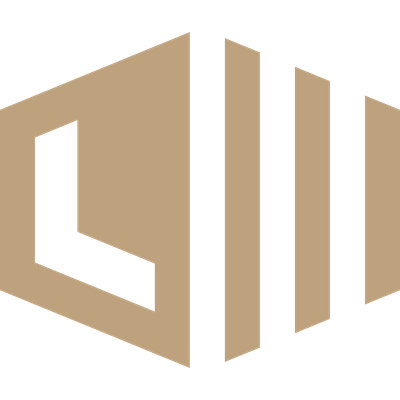How Mosquitoes Came to Be
"How Mosquitoes Came to Be" by Julia Darrow Cowles is a whimsical children's tale that explores the origins of mosquitoes through imaginative storytelling. The narrative weaves together elements of nature, folklore, and creativity, inviting young readers to understand how these insects became part of the world. With charming illustrations and engaging prose, the book encourages curiosity about the environment and the interconnectedness of all creatures. Ideal for fostering a love for nature, this story sparks the imagination while imparting valuable lessons about acceptance and the role of every being in the ecosystem.
IN the long-ago time, the Red Men tell us that their fathers were greatly troubled by the visits of an enormous bird called Mosquito. No one knew whence it came, or where it went. But always it brought terror and destruction. Sometimes it would fly over the growing corn and with the great force of its wings beat it all to the earth. Sometimes it would swoop down and strike a child playing beside the lodge. Again it would come swiftly and throw a man or a woman of the tribe to the earth, and leave them bleeding and torn. At length its visits became so frequent that the people were afraid to leave their lodges, and so a great council was called, to see what could be done to get rid of the monster. At this council one of the young braves said, “I will go out and try to snare the bird. I will offer my life to save my people.” The young man cut strong bands of rawhide. He said, “I will try to throw one of these bands about the great bird, and snare him before he ends my life. Then you must come and kill him.” So the young brave started out, and when he reached a bare place on the mountain side he sat down on the ground and sang his death-song while he waited. Presently, with a terrible cry, the great Mosquito flew down with his enormous wings outstretched, and just as he buried his talons in the young warrior’s flesh, the brave youth sprang erect, threw one of the rawhide thongs about the foot of the bird and bound him to the rock. The men of the tribe who had watched the conflict ran to the mountain side and let fly their arrows. Soon the great Mosquito lay dead upon the rocks. There was great rejoicing in the village. The news was spread by runners, so that braves both young and old came from neighboring tribes to see the body of the monstrous bird. “The body should be burned,” counseled one of the old men of the tribe; but so proud were they of the young warrior who had given his life to free the Red Men of this great foe, and so eager were they to show the huge size of the monster, that they gave no heed to his advice. One day they noticed that small stinging flies began to buzz about. Nothing like them had ever been seen before. Their number increased, and then the people noticed that they came from the body of the great bird. And the insects bit and stung them. “It is a new plague,” said the Indians. “We should have given heed to the counsel of the old man of the tribe, and burned the body, for we know that all evil things are cleansed by fire.” And so the little stinging insects were called mosquitoes, and to this day they are a trouble and an annoyance to mankind.
Translation
Translate and read this book in other languages:
Select another language:
- - Select -
- 简体中文 (Chinese - Simplified)
- 繁體中文 (Chinese - Traditional)
- Español (Spanish)
- Esperanto (Esperanto)
- 日本語 (Japanese)
- Português (Portuguese)
- Deutsch (German)
- العربية (Arabic)
- Français (French)
- Русский (Russian)
- ಕನ್ನಡ (Kannada)
- 한국어 (Korean)
- עברית (Hebrew)
- Gaeilge (Irish)
- Українська (Ukrainian)
- اردو (Urdu)
- Magyar (Hungarian)
- मानक हिन्दी (Hindi)
- Indonesia (Indonesian)
- Italiano (Italian)
- தமிழ் (Tamil)
- Türkçe (Turkish)
- తెలుగు (Telugu)
- ภาษาไทย (Thai)
- Tiếng Việt (Vietnamese)
- Čeština (Czech)
- Polski (Polish)
- Bahasa Indonesia (Indonesian)
- Românește (Romanian)
- Nederlands (Dutch)
- Ελληνικά (Greek)
- Latinum (Latin)
- Svenska (Swedish)
- Dansk (Danish)
- Suomi (Finnish)
- فارسی (Persian)
- ייִדיש (Yiddish)
- հայերեն (Armenian)
- Norsk (Norwegian)
- English (English)
Citation
Use the citation below to add this book to your bibliography:
Style:MLAChicagoAPA
"How Mosquitoes Came to Be Books." Literature.com. STANDS4 LLC, 2025. Web. 22 Feb. 2025. <https://www.literature.com/book/how_mosquitoes_came_to_be_5228>.








Discuss this How Mosquitoes Came to Be book with the community:
Report Comment
We're doing our best to make sure our content is useful, accurate and safe.
If by any chance you spot an inappropriate comment while navigating through our website please use this form to let us know, and we'll take care of it shortly.
Attachment
You need to be logged in to favorite.
Log In